Lent, A Season for Preparing to Receive the most Precious Easter Gifts
-
Parent Category: Issue
-
in Issue 1/17
By Max Lucado
In Summary: Lent is a time for preparing hearts and minds for receiving the most precious Easter gifts– the Resurrection of Christ, Our Lord! A season to draw closer to The Savior as we reflect on Jesus’ life and sacrifice. This article, a review of the first session of an ongoing five-week study that explores the season of Lent titled “He Chose the Nails” is an extension of Christmas —a season of receiving the most precious gifts a person could ever receive —the gifts that God graciously gives us through his Son. It describes the many gifts that Christ provided to us at his crucifixion. These include not only the gift of the cross, but also the gift of the thorns that pierced his brow. The nails that tore his flesh. The seamless robe that he removed for us. The empty tomb where he forever defeated sin and death. The hill of the cross is rich with the gifts of God’s grace. These were gifts he didn’t have to give. The only required act for our salvation was the shedding of blood, yet God did so much more. As we unwrap these gifts, we need to pause and listen for his voice. As we do, perhaps we will hear him whisper, “I did it just for you.” “God did what the law could not do. He sent His own Son in a body like the bodies we sinners have. And in that body God declared an end to sin’s control over us by giving His Son as a sacrifice for our sins.” (Romans 8:3).
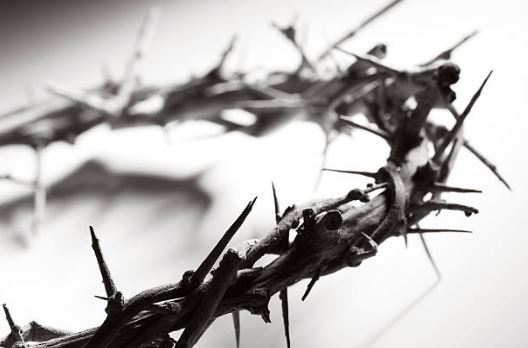
Nashville, Tennessee—Lent is a time for preparing hearts and minds for receiving the most precious Easter gifts– the Resurrection of Christ, Our Lord! A season to draw closer to The Savior as we reflect on Jesus’ life and sacrifice. This article, a review of the first session of an ongoing five-week study that explores the season of Lent titled “He Chose the Nails” is an extension of Christmas —a season of receiving the most precious gifts a person could ever receive —the gifts that God graciously gives us through his Son. It describes the many gifts that Christ provided to us at his crucifixion. It describes the many gifts that Christ provided to us at his crucifixion. These include not only the gift of the cross, but also the gift of the thorns that pierced his brow. The nails that tore his flesh. The seamless robe that he removed for us. The empty tomb where he forever defeated sin and death. The hill of the cross is rich with the gifts of God’s grace.
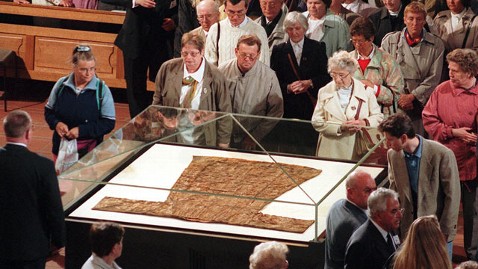
These were gifts he didn’t have to give. The only required act for our salvation was the shedding of blood, yet God did so much more. As we unwrap these gifts, we need to pause and listen for his voice. As we do, perhaps we will hear him whisper, “I did it just for you.” “God did what the law could not do. He sent His own Son in a body like the bodies we sinners have. And in that body God declared an end to sin’s control over us by giving His Son as a sacrifice for our sins.” (Romans 8:3).
For centuries, Christians throughout the world have used the season of Lent to prepare themselves spiritually so that nothing prevents them from receiving and celebrating the greatest Easter gift of all — the resurrected Christ. The word Lent comes from the Old English word lencten, which means spring. In its earliest observance, Lent was a time for new converts to prepare for their baptism on Easter Sunday. Today, Lent marks the forty-day period before Easter that begins each year on Ash Wednesday. (There are actually forty-six days between Ash Wednesday and Easter, but the six Sundays in Lent are traditionally set aside as days of renewal — considered “mini-Easters” — and so are not counted as part of Lent).
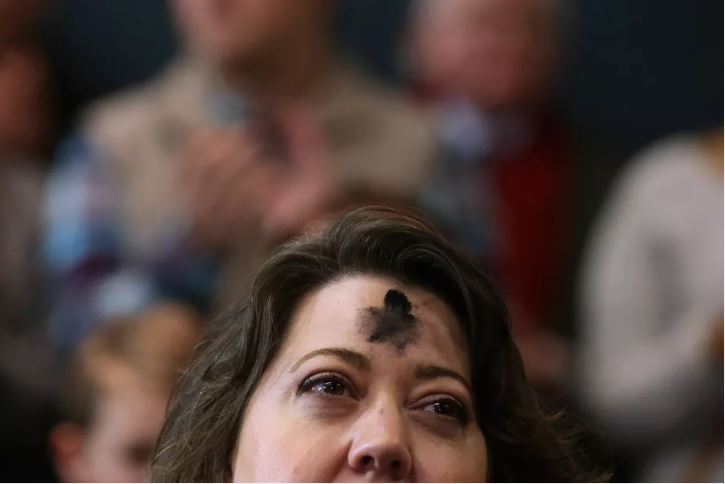
Although it is traditionally a time devoted to self-examination, self-denial, and repentance, Lent sinks its deepest roots into the joyful expectation of new life through God’s forgiveness and steadfast love. This sense of Lent is evident in the words of John the Baptist: “The kingdom of God has come near Repent and believes the good news! (Mark 1:15). We also find it in Joel, traditionally read at the beginning of Lent:
“Even now,” declares the Lord, “return to me with all your heart, with fasting and weeping and mourning.” Rend your heart and not your garments. Return to the Lord your God, for He is gracious and compassionate, slow to anger and abounding in love, and He relents from sending calamity.” (Joel 2:12-13)
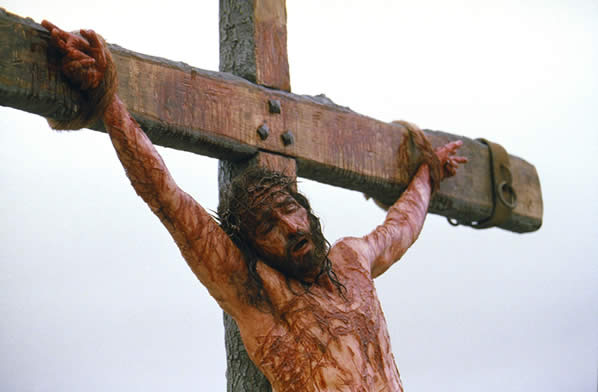
The time during which Joel was a prophet was one of great prosperity God had richly blessed His people, but their hearts had grown cold over time. They began to take “God and His blessings for granted. Their faith had degenerated into an empty formalism and their lives into moral decadence. “Through the prophet, God pleaded with His people to return to Him with their whole heart. The season of Lent issues a similar call to God’s people today. It is a time to take seriously the areas of our lives in which we fall short, feel defeated, or have grown cold. And we do so not to beat ourselves up but to prepare for God’s gifts: Lent is a time for discipline, for confession, for honesty, not because God is mean or fault-finding or finger-pointing but because He wants us to know the joy of being cleaned out, ready for all the good things He now has in store.
This process of being cleaned out is part of how we return to God with all our heart, which is what Lent, is meant to help us do. The Hebrew verbs translated rend and return in Joel 2:12-13 are images of repentance in action People would rend or tear their garments as an expression of intense grief or in response to a catastrophe. To return means to make a U-turn, to go back to the point of departure, to change one’s mind.
This season of Lent, leading up to Easter, as an extension of Christmas, is a season of gifts — precious gifts that God gave us at the cross. These gifts are the most precious any person could ever receive because they cost God so much to give. God’s greatest gift of all — His greatest act of love for us — was sending Jesus into our world. Jesus gave up: Timelessness—He swapped eternity for calendars. The Bible tells us:
God is “beyond our understanding! “The number of His years is past finding out” (Job 36:26). There is no moment when God was not God, for He is eternal. Boundlessness--Jesus gave up being a spirit to live in a body. One moment He was a boundless spirit; the next moment He was flesh and bones. Sinlessness--Jesus became sin for us. An object that symbolizes the consequences of sin in humanity’s heart is a thornbush: (Genesis 3:17-18); (Numbers 33:55); (Proverbs 22:5); and (Matthew 7:16).
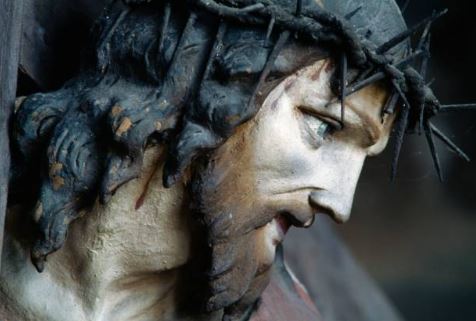
The thorny crown on Christ’s brow is a picture of the fruit of our sin that pierced His heart. We are “by nature children of wrath” (Ephesians 2:3) though we have been made in God’s image, we’re corrupt at the core. The sinless One took on the face of a sinner so that we sinners could take on the face of a saint. He Chose the Nails because he chose to Be One of Us. Jesus never knew the fruits of sin until He became sin for us (2 Corinthians 5:21). When He was crucified, He cried out in a loud voice: “My God, my God, why have you forsaken me?” (Matthew 27:46). Those are not the words of a saint but the cry of a sinner. “You alone are the God for us — because you alone are the God who has been one of us. You felt what we feel, you touched the death that we know, and you came to us as Immanuel: God with us,” Ann Voskamp.
The crown of thorns could have been made — and should have been worn — by every one of us but it was not, thanks to the greatest gift of all. Why did God give us this gift? “For God so loved the world that He gave His one and only Son, that whoever believes in Him shall not perish but have eternal life.” (John 3:16). God did it for us — just for us — because He loves us. This period leading up to Easter is a season of gifts — precious gifts that God gave us at the cross, such as the crown of thorns. A crown is a symbol of honor and authority.
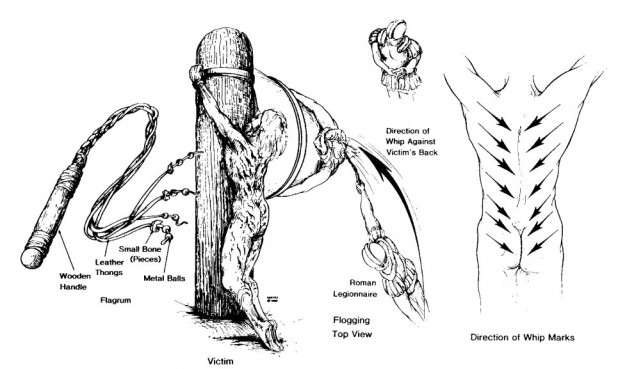
In the Old Testament: A crown or turban was a mark of consecration for a priest (Exodus 39:27-31). And a sign of sovereignty for a king (2 Kings 11:12). In the New Testament, the apostle Paul acknowledged: The crowns given to athletes as symbols of their victory and reward (1 Corinthians 9:24-25). The elements of a crown, and the materials used to make it, were often significant. For instance, the number of bands around a crown might indicate the number of territories over which a king had dominion. Crowns given to kings were made of precious metals and sometimes adorned with gems (2 Samuel 12:30) and Crowns or garlands given to athletes were made of leaves or other perishable foliage (1 Corinthians 9:25). The Roman soldiers who made a crown of thorns for Jesus intended it to be not only a means of physical torture but also of humiliation. However, in making it a gift of the cross, God utterly transformed it — a mock crown of pain and shame became a true crown of victory and glory. Consider the implications of receiving or declining this particular gift of the cross — of allowing God to transform whatever has been a source of pain and shame into a crown of victory and glory.
What might make it difficult to truly receive this gift? What would receiving this gift require of a person throughout his or her walk with God? In his allegorical novel about heaven and hell called The Great Divorce, author C. S. Lewis characterizes souls who set themselves against God as those who are determined to refuse the good gifts God constantly offers them. “Good beats upon the damned incessantly as sound waves beat on the ears of the deaf, but they cannot receive it. Their fists are clenched, their teeth are clenched, and their eyes fast shut. First they will not, in the end they cannot, open their hands for gifts, or their mouths for food, or their eyes to see,”
In what ways does this perspective about receiving God’s gifts challenge you? In what ways does it intrigue you or encourage you during this season of Lent? Your call!
Source: Excerptions from He Chose the Nails: He Chose to Be One of Us, By Max Lucado, HarperCollins Christian Publishing.


